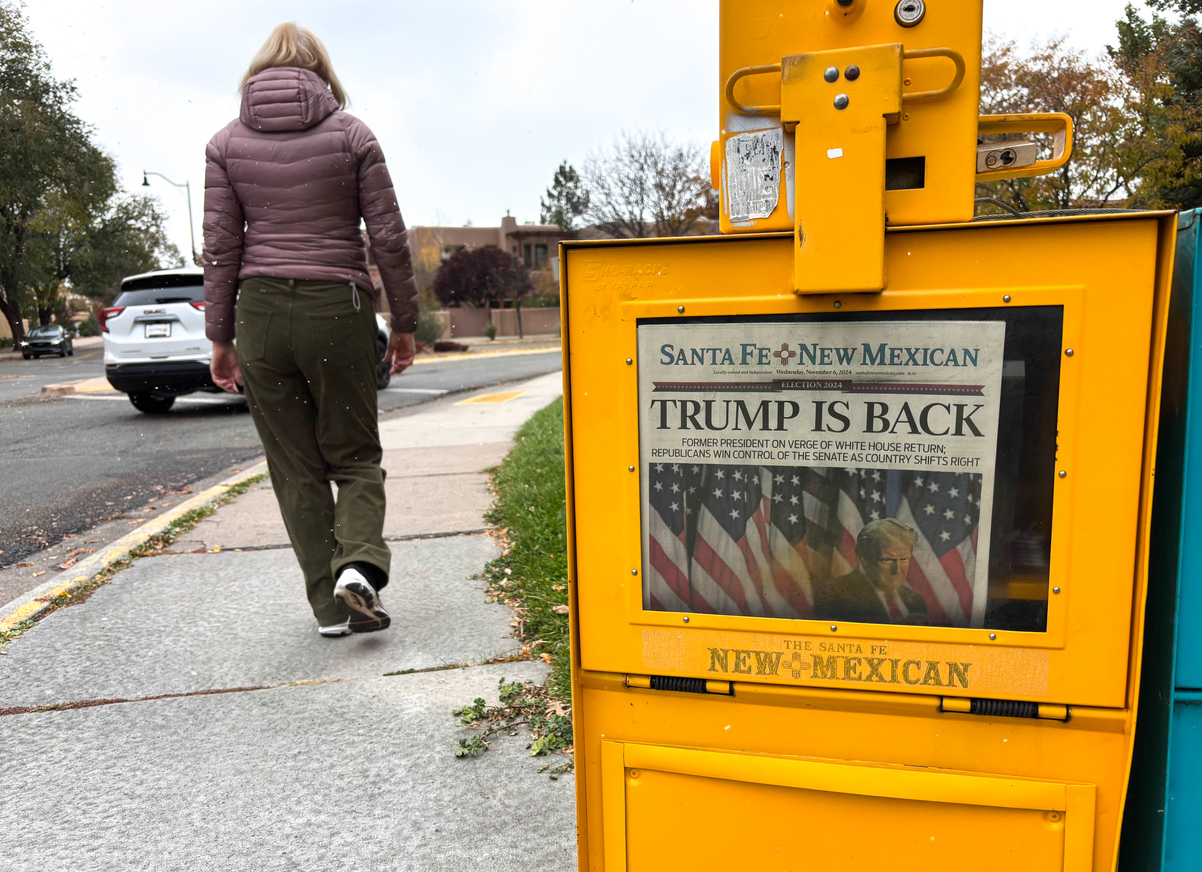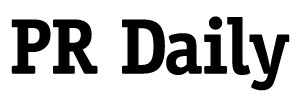How to get clients in the press without talking about Trump
The new president is taking a lot of the media’s attention. Here’s how you can still thrive.

Dustin Siggins is founder of Proven Media Solutions.
One of the biggest PR challenges is helping clients and employers cut through the noise.
And that job got a lot harder on January 20, when a president who used to suck up 41% of top-tier media coverage returned to office and seems bent on making even more noise this time around. It can be hard enough keeping up with the news cycle for brands that want to talk politics and policy. But for everyone trying to avoid DEI, inflation and tariffs … securing media coverage can feel like a fool’s errand.
“It’s less about where you stand on the current administration’s policies and more about how you’re going to succeed because of or in spite of them,” said The Colab founder Lizzy Harris. “If you can act as a beacon for others in your industry who are also grappling with the changes, you can elevate your visibility without polarizing your audience.”
In other words: clients don’t have to choose between the poisons of controversy and irrelevance. The right media strategy can drive narratives by going where Donald Trump isn’t and by intentionally avoiding the bare-knuckle political storms.
Go local
Trump thrives in the national dailies and cable news. However, local and regional editors and journalists prioritize geographically relevant news over recycled content about the same old national issues because that’s what their audiences actually want to read.
“Readers have plenty of sources for national politics, the Trump administration or the war in Ukraine,” said InsideNoVa publisher Bruce Potter, who oversees several regional publications in the Virginia suburbs of Washington, D.C. “But when they want to know about a road being built in their neighborhood, whether their real estate taxes will increase or what new business will fill a vacant local storefront, they have to turn to local news sources.”
Success in going local happens by:
- Finding relevant angles for the core narrative. Potter doesn’t care if a corporation opens a new office – unless it’s in his coverage region.
- Pitching key spokespeople, and often a two-for-one by partnering a customer with a regional manager.
- Incorporating human stories on top of the facts, data and news.
National headlines are Trump’s sandbox for the next four years. Going local takes a page from Sun Tzu’s “Art of War” by choosing a media battlefield where your client isn’t fighting his presence.
Sprint to mid-tier trades
If the DC-oriented news industry and surrounding social media commentary can sometimes feel like a pigpen, then mid-tier trade outlets are an idyllic oasis. This is where editors and reporters are focused on what matters to their industry and the narrower audiences are looking for information about new products and business happenings in their fields.
“Not every subject matter expert is looking to participate in political debates — especially when the goal is to share insights, not hot takes,” said Intelligent Relations Director of PR Strategy Criz Guerra. “Landing a mention in the New York Times might feel like a win, but it is not a real growth driver if the target audience is professionals who are looking for real expertise, in-depth analysis, and actionable takeaways.”
These outlets are a PR pro’s best friend because it’s where niche issues and perspectives can build a drumbeat of coverage. They may not be household names, but the placements will deliver value by:
- Keeping the client’s brand in the press.
- Reaching decisionmakers directly.
- Avoiding brand risks associated with politics.
- Driving the narrative a dozen times compared to a top-tier whiff.
- Providing excellent content for webinars, social media posts, blogs, and newsletters.
Remember, the goal isn’t to secure coverage in top-tier trades like TechCrunch or Wired. They’re trying to lead the industry into the next decade – which inherently includes political topics like regulations, taxes and tariffs. Contrast these outlets to the mid-tier hedge fund publication that just wants to know how generative AI will help stock brokers make smarter trades.
Use Trump as a hook, then bridge to the narrative
Avoiding politics is hard when it’s driving the national media landscape. When a new trade bill makes Washington Post headlines, mom-and-pop retailers and leading manufacturers are often asked to discuss how inflation will hit local customers and how tariffs will impact industry employment.
And, of course, you may have a client that just wants to get in a national daily to talk about a forward-looking idea – and we all know that’s virtually impossible without mentioning politics.
In these cases, I recommend touching on Trump in the opening and then sprinting fast and far by the second paragraph.
Let’s say a grocery store chain is opening a new location at a shopping center, and the new manager wants to highlight low prices and a commitment to the local community through an op-ed, a press release, or an on-site interview:
- Lead with new inflation data, egg prices and tariff concerns.
- Transition with a brief summary about how consumers are struggling.
- Pivot to how the new store will lower local prices and add jobs.
- Lay out how this will impact the community over the next five years.
- Close with a flourish that shows how the shopping center will open up new retail opportunities for local businesses, providing a local reprieve from national economic concerns.
Grocery store openings are pretty simple and straightforward. But what if politics are inherent in what you’re tackling? Brooke Medina is the Vice President of Communications for State Policy Network. She advises state-level policy organizations “to go with the grain of the news cycle and look for opportunities to pair their evergreen policy issues with emerging news.” The free-market think tanks she works with, for example, could “meet the news cycle where it is” and avoid “needless partisan entanglements” by “tying the latest state auditor’s findings of government waste to the federal government’s DOGE initiative.”
And the principle works on the other side of the policy aisle. Environmental groups at the state level can point to pollution and other issues as evidence that DOGE-style efficiencies aren’t just for conservatives.
The key to winning with this approach is to control, as much as possible, the media content to avoid unforced errors or narratives being taken out of context. Op-eds are most preferable because all the words are in the client’s or principal’s voice. Short statements are also a great option.
Should your principal or client insist on less-controlled media environments like sending a lengthy statement or conducting a live interview, insist on a thorough media training. There’s nothing worse than getting ambushed in an interview and going viral for all the wrong reasons.
Keep your head down and focus on core audiences
Sometimes, a news cycle is so contentious that your best advice will be to keep the client’s or employer’s head down and let the cycle go by. Turn down all interview opportunities and run radio silent to achieve strategic goals and prevent unforced brand damage.
“Communicators tend to be people of action,” 30-year crisis communications veteran Alex Dudley, executive vice president for MikeWorldWide, told me. “But silence can be a powerful arrow in the quiver. It can help you avoid unnecessary crises and self-inflicted injury, and allow you to focus on the stakeholders who matter most.”
Keeping your head down and out of the news doesn’t mean “stop communicating with core audiences.” It just means focusing on tactics like LinkedIn posts, educational webinars, and newsletters that reach narrow audiences.
Sure, it’s not flashy, but it’s safer – and it drives the narrative forward more effectively – to avoid self-inflicted injuries by prioritizing what stakeholders, not digital trolls, want to hear.
Drive value without risking controversy
It often seems impossible to get media coverage that doesn’t mention Trump. But great public relations professionals know it can be done by:
- Taking a step back to assess the media lay of the land.
- Understanding the client’s strategic communications goals.
- And making recommendations that drive the most value – including by protecting the client from self-inflicted crises.






